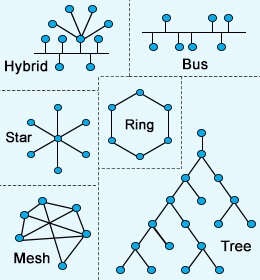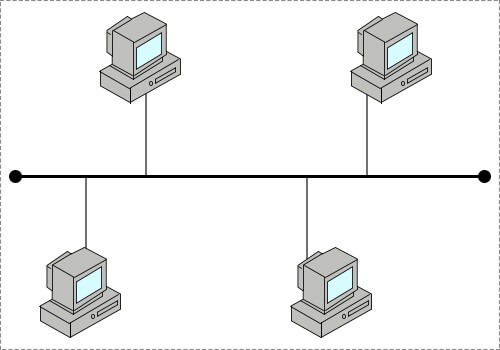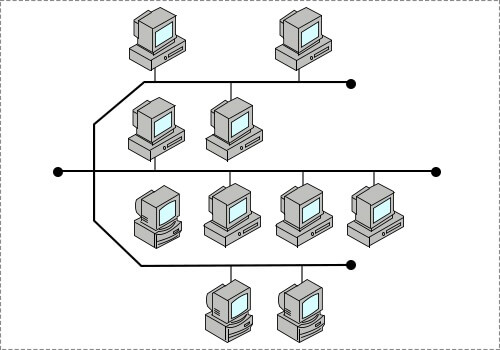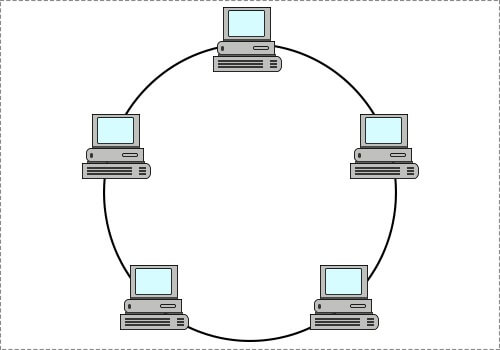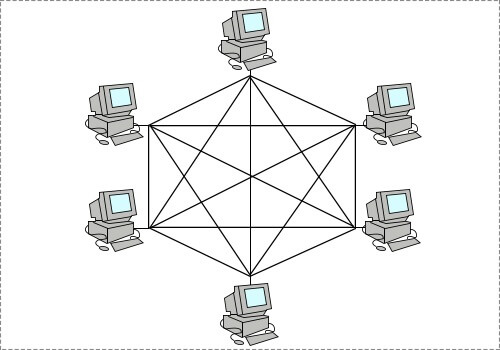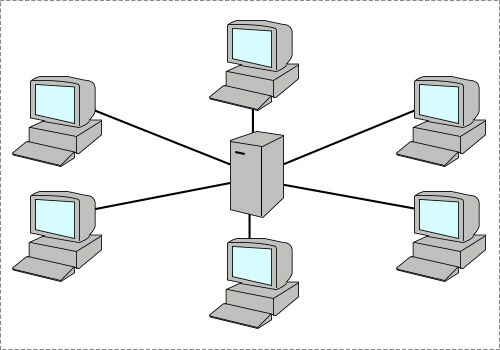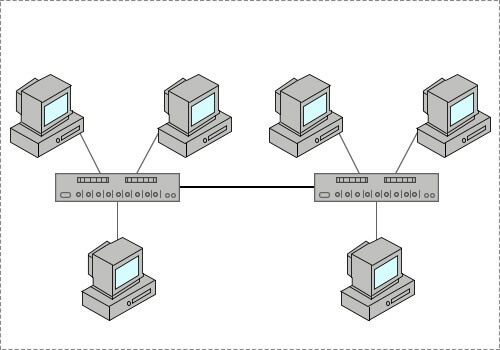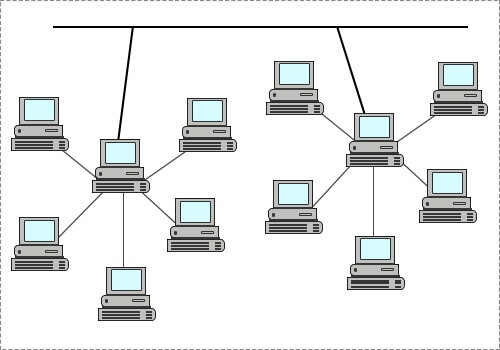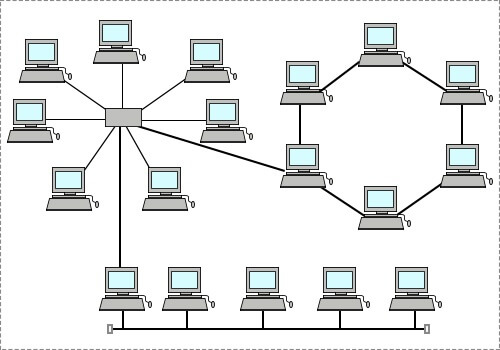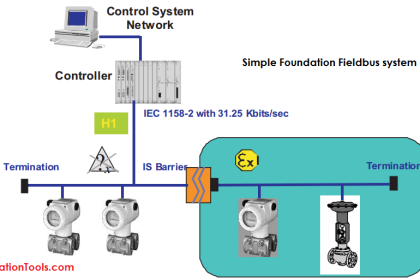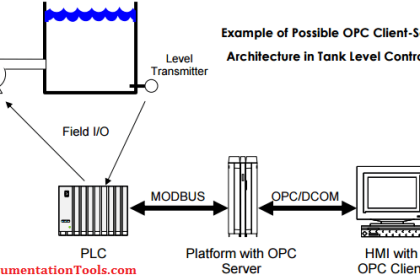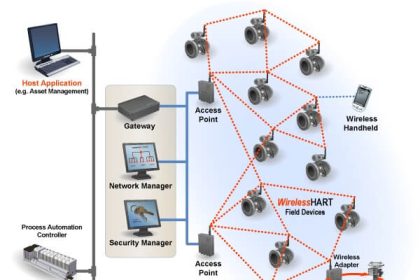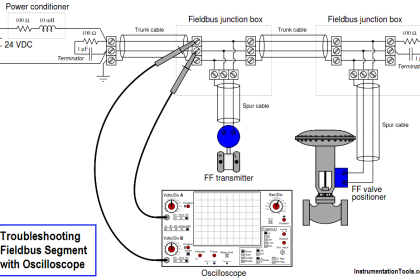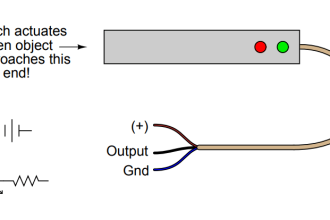A network topology describes the configuration of a communication network and the physical and logical arrangement of the nodes that form it. Here is a description of the different types of network topologies and their use.
The way in which the elements of a network are mapped or arranged is known as a network topology. It describes the physical and logical interconnection between the different nodes of a network and defines the way in which they communicate with each other. Network topologies are classified as physical, logical, and signal.
A physical topology describes the placement of network nodes and the physical connections between them. This includes the arrangement and location of network nodes and the way in which they are connected.
A logical topology describes the paths taken by data packets as they travel over the network. The logical topology of a network is governed by the protocols used by the data moving over it.
A signal topology describes the paths that signals take while they traverse the network. It pertains to the actual connections established by the signals that travel over the network. The terms signal topology and logical topology are closely related and used interchangeably.
Based on the arrangement of nodes in a network, topologies can be classified as bus, ring, mesh, star, and tree. In these topologies, the network terminals are arranged in a manner suggested by their names. Another type of network topology is hybrid, which uses a combination of two or more topologies.
A point-to-point topology is the most basic way of connecting two terminals. As the name suggests, it is a dedicated permanent link between two network nodes.
In daisy-chaining, multiple nodes are connected with the help of point-to-point connections between consecutive nodes, thus forming a chain. It refers to the linking of a series of devices, which is done linearly or in the form of a ring.
Bus Topology
In this type, all the nodes of a network are connected to a common transmission medium having two endpoints. The data that travels over the network is transmitted through a common transmission medium known as the bus or backbone of the network.
When the transmission medium has exactly two endpoints, the network topology is known by the name linear bus topology.
In case the transmission medium has more than two endpoints, the network is said to have a distributed bus topology.
Bus topology is easy to handle and implement and is best-suited for small networks. But the downside of this topology is that limited cable length limits the number of stations, thus limiting the performance to a less number of nodes.
Ring Topology
In a ring topology, every node in the network is connected to two other nodes and the first and last nodes are connected to each other. The data transmitted over the network passes through each of the nodes in the ring until it reaches the destination node.
In a ring network, the data and signals that pass over the network travel in a single direction.
The dual ring topology varies in having two connections between each of the network nodes. The data flows along two directions in the two rings formed thereby. The rings are independent of one another and the data flow in them is in opposite directions. In case one ring fails, the other serves as its backup for data transmission.
The ring topology does not require a central server to manage connectivity between the nodes. Thus it facilitates orderly network operation. But the failure of a single station can render the entire network inoperable. Changes in the stations affect the network operation. A ring topology is suitable for networks where reconfigurations are rare.
Mesh Topology
In a mesh topology, all the network nodes are connected to each other. The interconnections between nodes introduce redundancy and also make it more reliable. In case a link between two nodes breaks, any other link connecting them can take over. A mesh network can be designed using routing or flooding.
In routing, the nodes possess some kind of routing logic so that the signals and data traveling over the network take the shortest path during each transmission. Apart from choosing the shortest path, the routing algorithm can also be used to avoid broken or blocked links. Self-healing algorithms allow for the reconfiguration of broken links. Using a routing technique increases the amount of data traveling over the network, as routing information has to be transmitted along with the data signal.
When using the flooding technique, the same message is transmitted to all network nodes, which is why messages do not need to be routed. This eliminates the need to send routing information with the data signal. As the same data travels over multiple paths, a flooding-based mesh network is robust. A drawback with flooding is the blocking of network links due to heavy data transmission, especially when multiple nodes transmit data at the same time.
In a full mesh network, each node is connected to every other node in the network. Due to this arrangement, a simultaneous transmission of signals from one node to several other nodes is possible.
Star Topology
In this type of network topology, each node of the network is connected to a central node, which is known as a hub. The data that is transmitted between the network nodes passes across the central hub. The hub acts as a signal repeater; i.e., it receives signals and retransmits them such that they can travel longer distances on the network. In an extended star, repeaters are introduced between the hub and the network nodes. The repeaters are used to increase the distance over which signals can travel.
A distributed star is formed by the interconnection of two or more individual star networks. Multiple star networks are arranged linearly with no particular hierarchy.
The centralized nature of a star network provides a certain amount of simplicity while also achieving isolation of each device in the network. However, the disadvantage of a star topology is that the network transmission is largely dependent on the central hub. Its failure renders the entire network inoperable.
Tree Topology
It is also known as a hierarchical topology and has a central root node that is connected to one or more nodes of a lower hierarchy. In a symmetrical hierarchy, each node in the network has a specific number of nodes connected to those at a lower level. A tree topology can also be described as a combination of star and bus topologies. The primary or root node is connected to one or more secondary nodes, which are connected to tertiary nodes, thus forming a hierarchical or tree structure.
A tree topology is scalable and easy to manage. The disadvantage of this type of topology is that, if the backbone fails, the network becomes inoperable. In case of the root node’s failure, the networks branching out from it cannot communicate with each other.
Hybrid Topology
Apart from these basic types of network topologies, there are hybrid network topologies, which have a combination of two or more basic network structures. The image here shows a combination of bus, star, and ring topologies.
As a hybrid topology results from a combination of two or more topologies, it has both the advantages and disadvantages of the topologies involved. The main advantage of a hybrid network is that two dissimilar topologies can be combined without disturbing the existing architecture of a network. The use of hybrid technologies makes a network easily expandable.
Also Read: Networking Interview Questions
